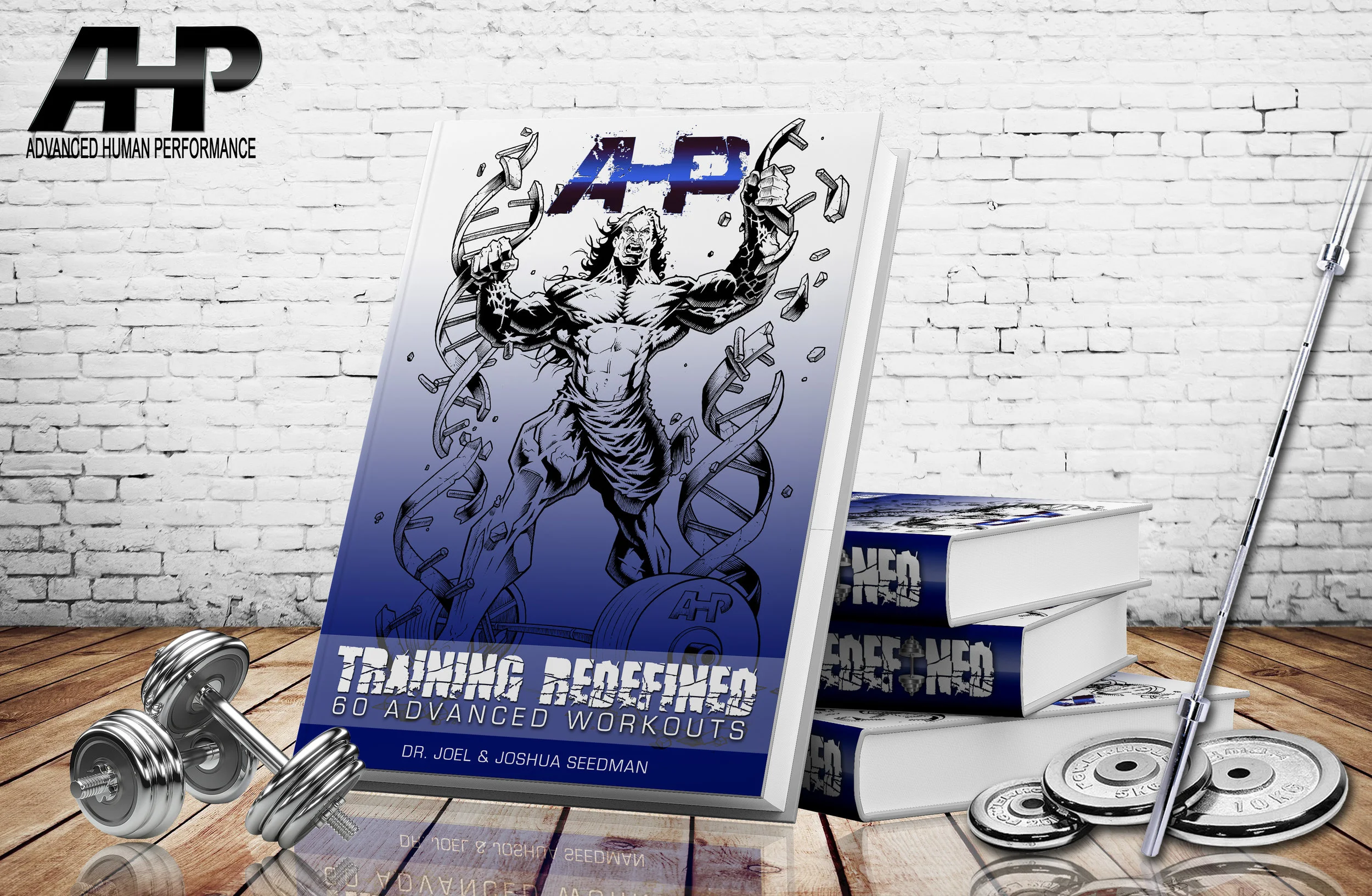The Best Pushup Variation You’re Not Using
Dr. Joel Seedman, Ph.D.
Pushups are an amazing bodyweight exercise that target nearly every muscles of the upper body as well as the core and spinal stabilizers. Progressing them to more advanced variations including weighted pushups, ring pushups, single leg pushups, stability ball pushups, knuckle pushups, foam roller pushups, plyometric pushups, bottoms up variations and more can amp up the intensity substantially. In other words, there’s no reason to ever become bored with pushups or to think you’ve mastered them as there are always more advanced and difficult variations. In fact, I periodically like to modify and create unique pushup variations that no only increase the difficulty and intensity of stimulation, but also force the lifter to use proper mechanics.
With that said, a pushup variation I’ve recently been tinkering with is the bear pushup (a.k.a. anti-crawling pushup) as demonstrated by my awesome client Todd Weiland.
To perform the bear pushup simply assume a position that looks almost identical to a kneeling pose however the knees will not be in contact with the ground. In addition the knee and hip angle should both be fairly close to 90 degrees. Stay as tall as possible on the toes throughout, while maintaining the double 90-degree leg positions then perform pushups. Essentially you’ll feel as though you’re tilting over with each repetition although this will naturally occur. These are exponentially more challenging than they look and in fact provide 7 unique benefits that make them very effective as a functional mass and strength builder.
1. Most individuals don’t realize that a pushup is actually a rotational movement due to the fact that there is one pivot point and axis of rotation namely the feet. In other words you should be leading with your head and chest not your middle torso. As a result the body should not move in a linear fashion but instead should produce a slight rotational movement as the upper portion of the torso should move through a larger range of motion than the lower regions. Because of the unique torso and hip angle involved in the bear pushup, the rotational component is magnified thereby reinforcing the concept of producing this proper rotational movement during pushups. Once the lifter goes back to traditional pushups they’ll understand exactly what it means to create a rotational movement during pushups.
2. The bear or anti-crawling pushup provides more constant tension to the pectorals, triceps, and shoulders, than perhaps any pushup variation I’ve ever used. In fact, there’s no rest or letup on these as both the top and bottom positions are equally as hard making it feel like the person is using accommodating resistance even though they aren’t. Most individuals will notice they perform substantially fewer reps and/or lighter weight with these than traditional pushups because of the heightened tension and unique body angles involved.
3. Sagging hips, lack of core activation, and excessive lumbar extension are very common problems many lifters inevitably run into during pushups. Because of the significant hip flexion and crawl-simulated position, this automatically resolves this problem as it’s literally impossible for the hips to sag or to create excessive lumbar extension. In fact the level of core activation throughout these is off the charts as the lifter feels as though they’re performing a knee raise or reverse crunch while performing pushups (all while maintaining a neutral spine). In essence you feel like you’re required to brace your abs and pull your stomach in similar to a hollow body leg raise position.
4. If you’re looking for a pushup variation that crushes the upper chest, look no further than the bear pushup or anti-crawling pushup. Essentially the angle of the torso is inclined similar to an incline chest press or feet-elevated pushup (on a bench or box). In addition, the more you lower yourself, the greater the angle of inclination becomes due to the rotational nature of proper pushup mechanics.
5. The most frequent comment I receive when I first introduce the bear pushup to clients and athletes is how it automatically forces them to tuck their elbows and produce proper shoulder mechanics. In fact it would take quite a bit of effort for the elbows to flare or for the shoulders to protract or elevate as shoulder depression and scapular retraction feel quite natural during these. As a result, not only do these teach proper pushup mechanics but they’re also quite shoulder friendly even though the amount of tension on the targeted musculature is substantially higher than traditional pushups.
6. Another common problem seen even in many advanced athletes and trainers is allowing their heels to sag towards the ground rather than staying their toes. The bear pushup or anti-crawling pushup teaches the lifter to stay tall on their toes rather than sagging towards their heels. This not only maximizes core activation and postural alignment but it also creates increased tension on the upper body musculature.
7. The unique body positions and torso angles involved in the bear pushup necessitate a significantly larger range of motion than most pushups. Combined with the constant tension, this does wonders for inducing functional strength and hypertrophy throughout the chest, shoulders, and triceps.
If you're looking for a modification that has tremendous transfer to sprinting mechanics and athletic performance (due to the contralateral hip extension and hip flexion position) and also increases core activation via rotary stability try this single leg bear crawl pushup as shown here by my awesome bodybuilding client Eric McIntyre. Also notice the use of the 2 benches which allows him to drop his knees low without having to worry about hitting the floor. It also provides more tension as the chains aren't hitting the floor as early in the movement.
You can also increase the difficulty further as my client Leslie Petch does here turning the single leg bear crawl pushup into one of the more challenging stability ball exercises there is.
If you’re looking for a daily training program that implements unique movements such as these for less then $2 per day, check out my daily members workouts with TRAINING REDEFINED .


























































